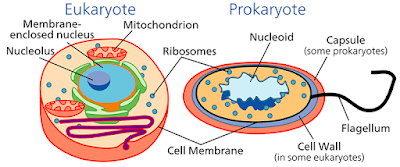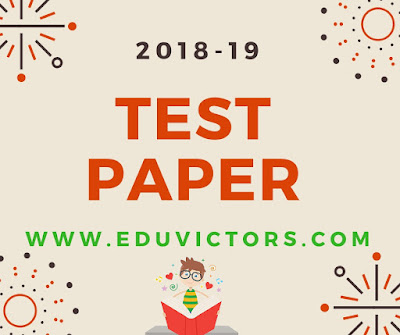Chapter Motion: Class 9 - Physics - Short Questions and Answers - Part-1
Q1: An object has moved through a distance. Can it have zero displacements? If yes, support your answer with an example.
Answer: Yes, even if an object has moved through a distance, it can have zero displacements. For example, an object after moving through a certain distance (say d), comes back to its starting position. In that case, the distance covered is 2d while displacement is zero.
Q2: Is displacement a scalar quantity?
Answer: No, displacement is a vector quantity because it has magnitude as well as direction.
Q3: State whether the distance is a scalar or a vector quantity.
Answer: Distance is a scalar quantity; it has magnitude but no specific direction.

















